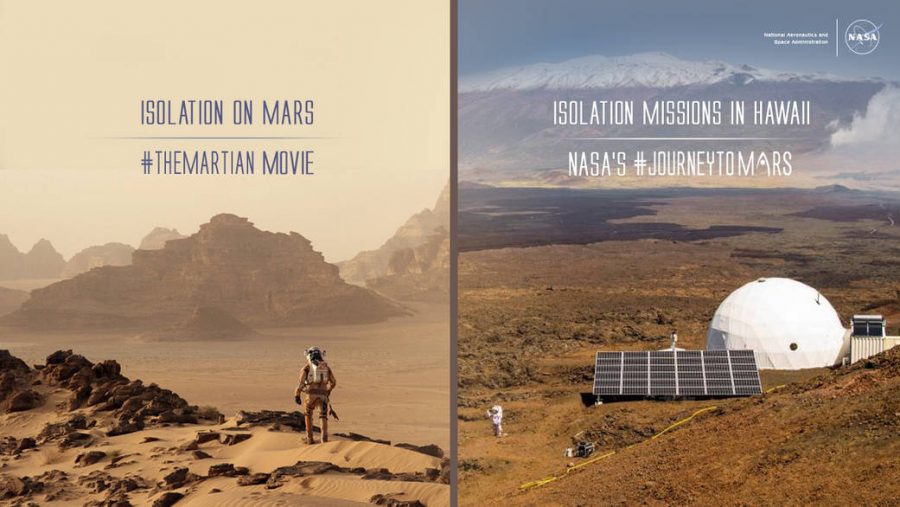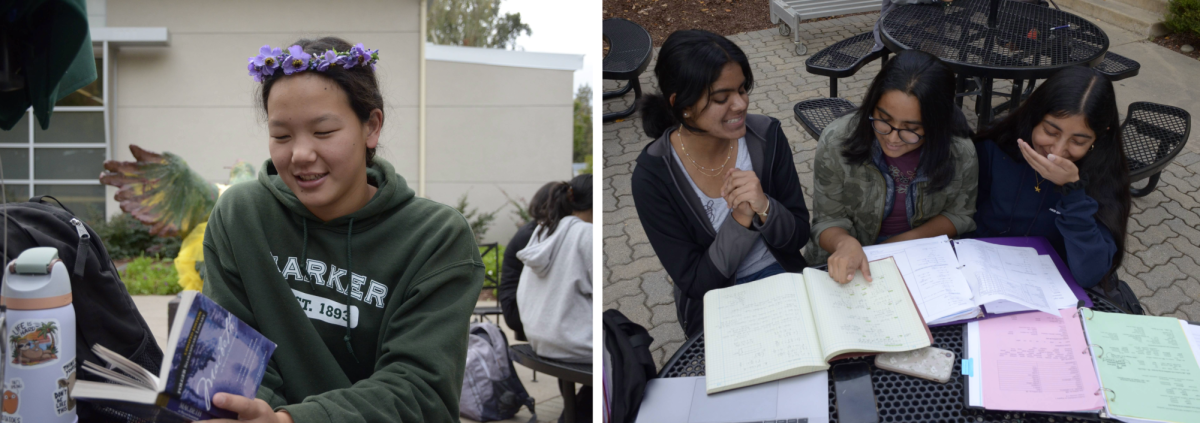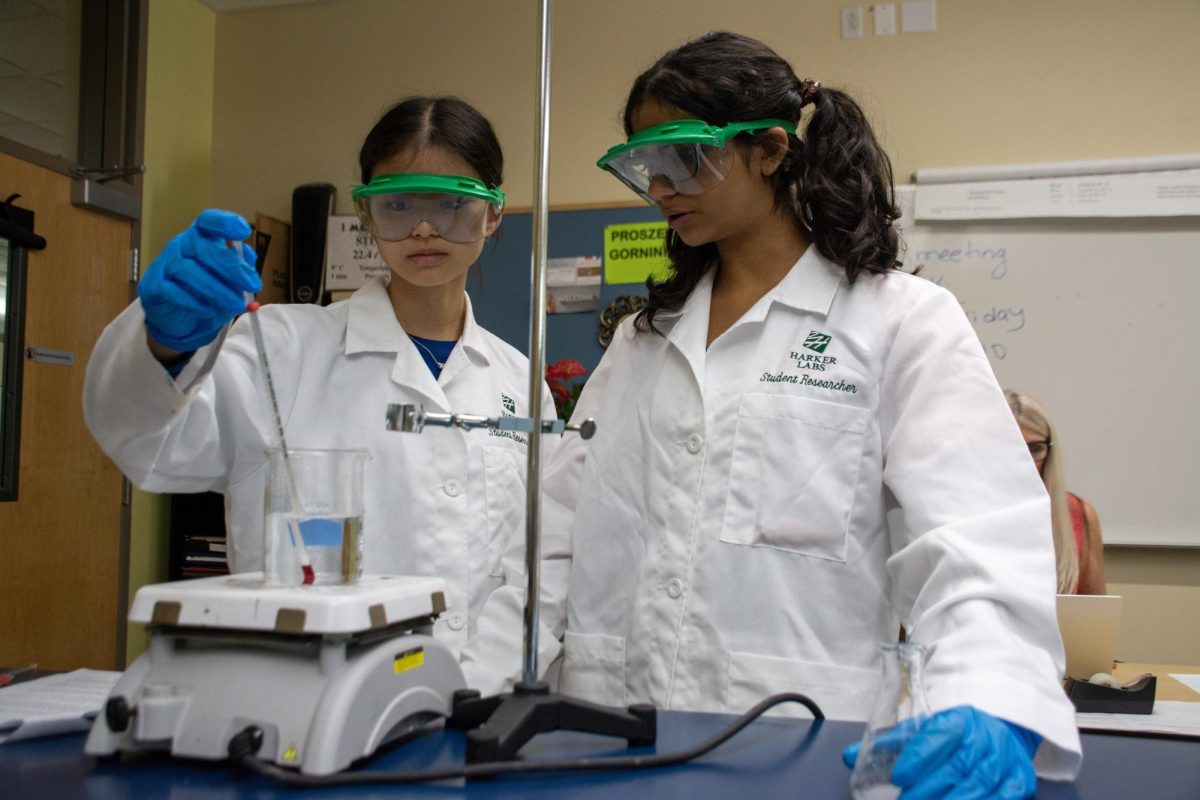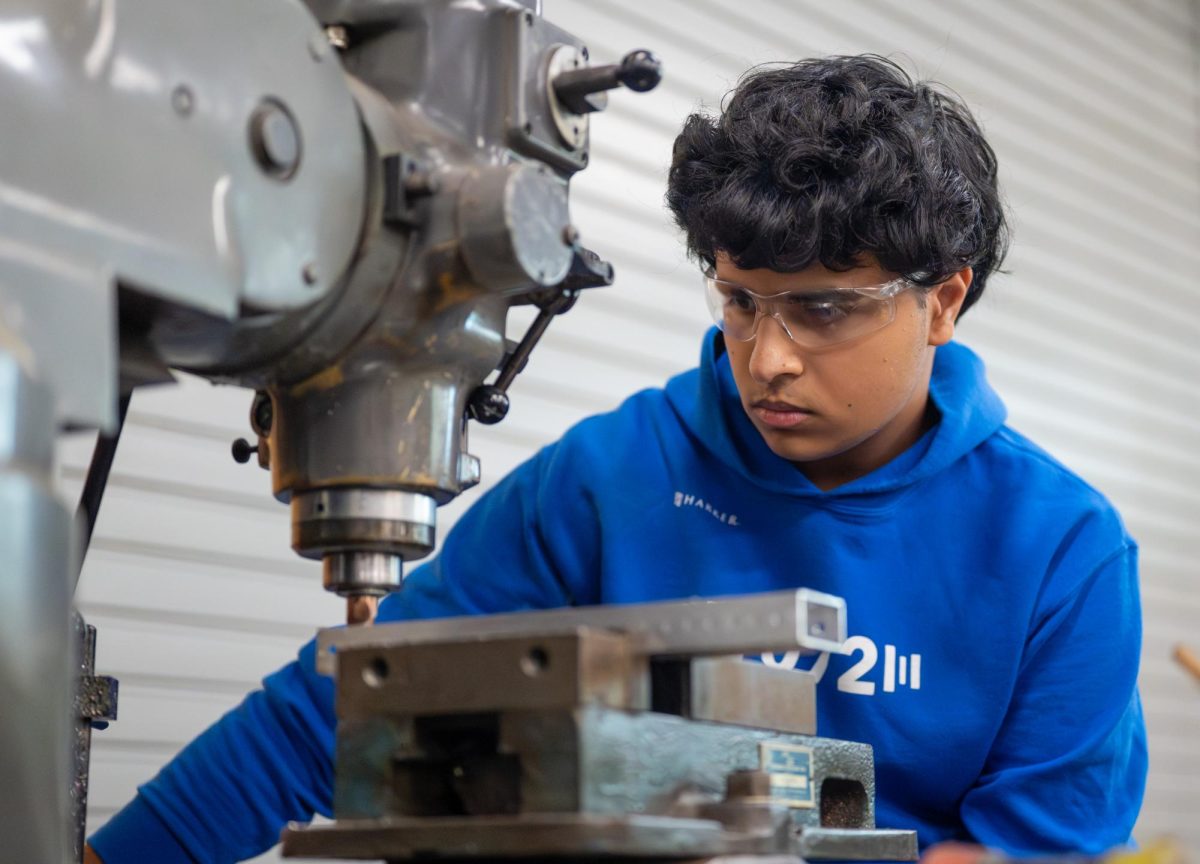A year in the HI SEAS
NASA
A photo of the HI-SEAS biosphere in Hawaii. Astronauts spent eight months in the biosphere in order to prepare for NASA’s upcoming mission to Mars.
September 5, 2016
A team of six researchers returned from a yearlong sojourn “to Mars” in Hawai’i this Monday, concluding an experiment meant to study the long-term psychological challenges of a manned mission to Mars.
The six crew members were part of a program called HI-SEAS (Hawai’i Space Exploration Analog and Simulation), which places a team of scientists in a small, isolated living space 8,000 feet above sea level on the northern slope of Mauna Loa. These conditions are meant to simulate living on Mars.
“The people lived inside an enclosure that would be about the size of a Martian habitat, and every time they went outside they had to don space suits as though they were living on Mars,” astronomy and physics teacher Eric Nelson said. “They effectively simulated living on the Martian environment. And the things they did would be the same type of tasks they would be doing if they lived on Mars.”
Additional features add to the “immersion” of the experience. Crew members are unable to interact with any people outside of their teammates. While they have access to internet and can communicate using email and file sharing, the data transfer has a 20 minute delay meant to simulate the effect of communicating across space. Despite this, each of the six crew members has kept a blog about their experience on the HI-SEAS website.
The geodesic dome living space is two stories and only around 1,500 square feet, with six bedrooms, two bathrooms, a kitchen and dining area, a laboratory, a commons and an exercise area.
“[The experiment] was mostly to see what would be the psychological impacts living in that environment,” Nelson said. “See if they started, you know, going after one another, or do you see signs of depression?”
LIVE on #Periscope: Inside the #hiseas habitat https://t.co/KMpRMymncE
— University of Hawaii (@UHawaiiNews) August 28, 2016
Psychology teacher Kelly Horan says that challenges may also arise in the workplace environment.
“I think the bigger issues might come from the interpersonal relationships,” Horan said. “You are not family with these people, you are essentially strangers, and you are thrown in a very small space for a year – I think the interpersonal relationships would probably be the hardest, and the boredom.”
Accounts from the crew themselves seem to agree.
“Bring something to work on. Something meaningful to work on,” crew member Christiane Heinicke said in a video posted to the HI-SEAS Twitter. “One of your biggest enemies is boredom.”
Even still, parts of the experiment may not necessarily correspond to the conditions of travelling to Mars. Actual transit to the planet would last about nine months there and back. In addition to about a year of conducting research, a manned Mars mission could last at least three years.
“While it is an approximation [of Mars], I worry – I’m thinking this idea of being out in space changes you physically, which is also going to change your brain,” Horan said. “Unless you include those variables, it’s really hard to know. You could do it for almost three years here but you still aren’t going to be able to approximate the physical and neurological changes.”
NASA reports that spaceflight can cause loss of bone and body mass, as well as complications resulting from a redistribution of bodily fluids, such as vision and circulation issues and kidney stones. However, the effects of three years of spaceflight are yet unknown.
Astronaut Scott Kelly may help shed light on the answer to this question. Kelly returned from a 340-day mission on the International Space Station on Mar. 1 this year, twice the length of a normal mission. As his identical twin brother, astronaut Mark Kelly, stayed on Earth, they offer a unique opportunity to study the specific effects of prolonged spaceflight on the human body.
“I think [a mission to Mars] is really possible but one of the biggest concerns is to make sure that nothing happens to the astronauts there,” Amla Rashingkar (9) said. “If there are risks, [astronauts should be] well aware of them.”
The HI-SEAS mission also raises questions about that long dreamt-of possibility of establishing a human colony on Mars.
“It’s certainly possible, it’s certainly viable, I think it wouldn’t be a stretch of the imagination to actually have a whole colony of people living on Mars,” Arjun Subramaniam (12) said. “That being said, I think that to focus on colonizing a planet that inherently is not habitable for humans starts to distract from the problem of making sure that this planet still remains habitable. I think that focusing on efforts for colonization might sort of distract us from problems of conservation.”
HI-SEAS plans to launch two similar eight-month missions in January 2017 and January 2018 and is currently recruiting new crew members.



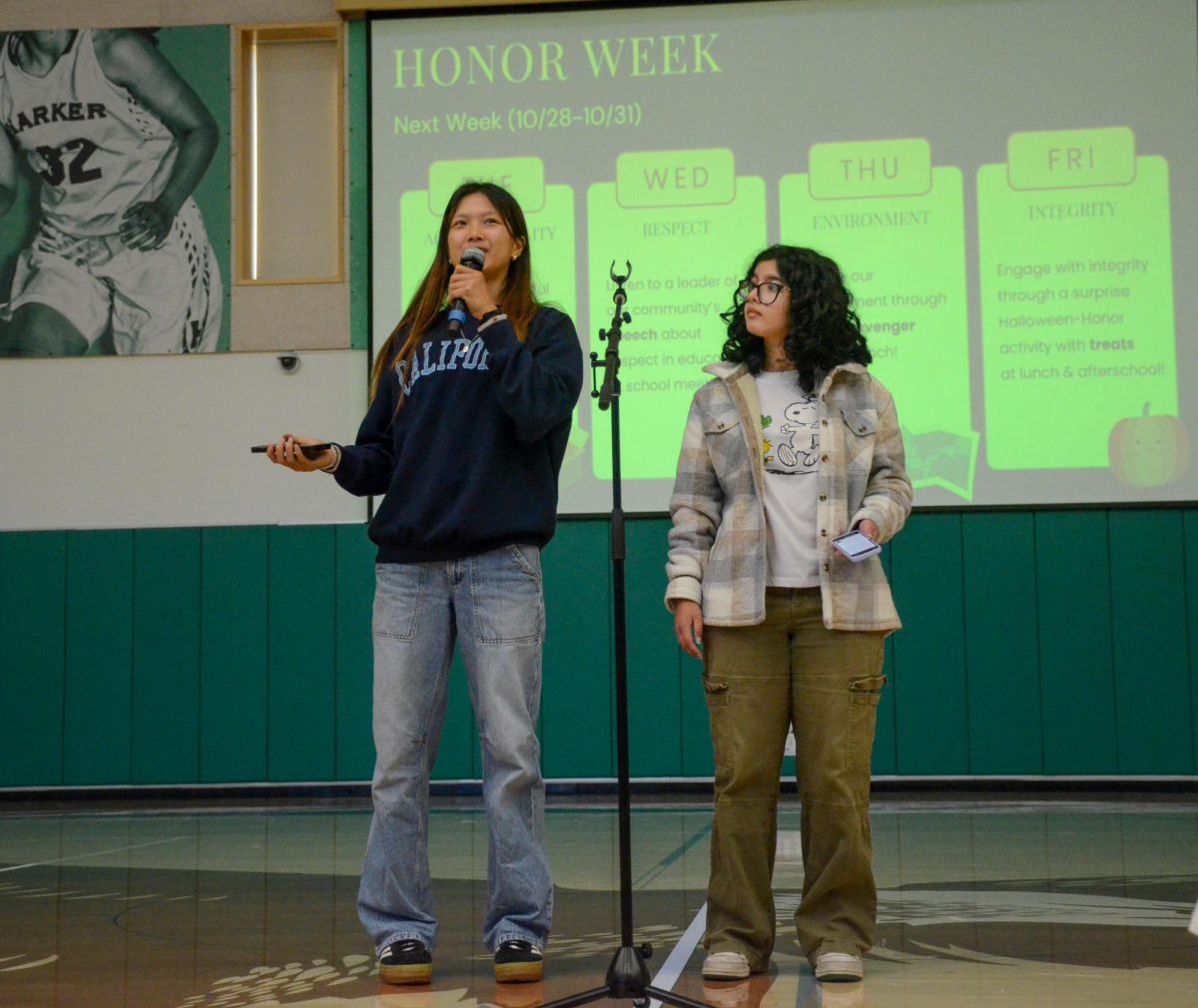
![LALC Vice President of External Affairs Raeanne Li (11) explains the International Phonetic Alphabet to attendees. "We decided to have more fun topics this year instead of just talking about the same things every year so our older members can also [enjoy],” Raeanne said.](https://harkeraquila.com/wp-content/uploads/2025/10/DSC_4627-1200x795.jpg)
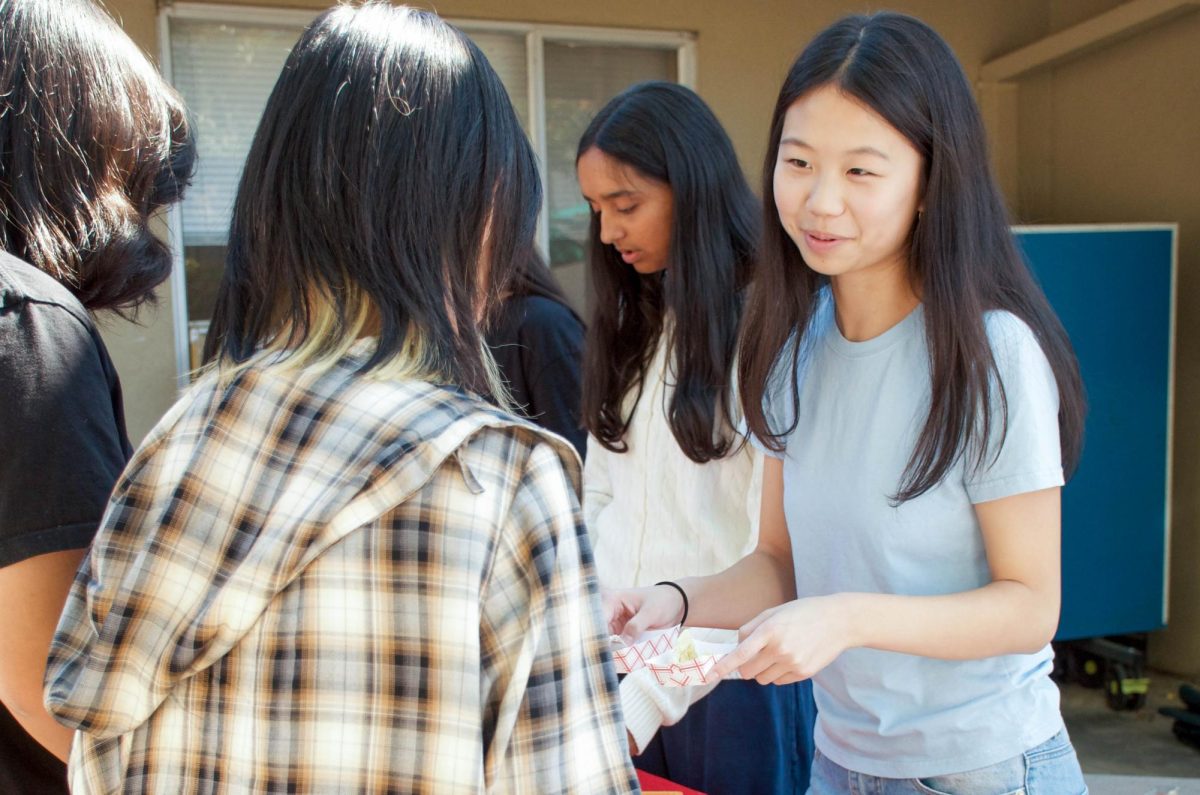

















![“[Building nerf blasters] became this outlet of creativity for me that hasn't been matched by anything else. The process [of] making a build complete to your desire is such a painstakingly difficult process, but I've had to learn from [the skills needed from] soldering to proper painting. There's so many different options for everything, if you think about it, it exists. The best part is [that] if it doesn't exist, you can build it yourself," Ishaan Parate said.](https://harkeraquila.com/wp-content/uploads/2022/08/DSC_8149-900x604.jpg)




![“When I came into high school, I was ready to be a follower. But DECA was a game changer for me. It helped me overcome my fear of public speaking, and it's played such a major role in who I've become today. To be able to successfully lead a chapter of 150 students, an officer team and be one of the upperclassmen I once really admired is something I'm [really] proud of,” Anvitha Tummala ('21) said.](https://harkeraquila.com/wp-content/uploads/2021/07/Screen-Shot-2021-07-25-at-9.50.05-AM-900x594.png)







![“I think getting up in the morning and having a sense of purpose [is exciting]. I think without a certain amount of drive, life is kind of obsolete and mundane, and I think having that every single day is what makes each day unique and kind of makes life exciting,” Neymika Jain (12) said.](https://harkeraquila.com/wp-content/uploads/2017/06/Screen-Shot-2017-06-03-at-4.54.16-PM.png)








![“My slogan is ‘slow feet, don’t eat, and I’m hungry.’ You need to run fast to get where you are–you aren't going to get those championships if you aren't fast,” Angel Cervantes (12) said. “I want to do well in school on my tests and in track and win championships for my team. I live by that, [and] I can do that anywhere: in the classroom or on the field.”](https://harkeraquila.com/wp-content/uploads/2018/06/DSC5146-900x601.jpg)
![“[Volleyball has] taught me how to fall correctly, and another thing it taught is that you don’t have to be the best at something to be good at it. If you just hit the ball in a smart way, then it still scores points and you’re good at it. You could be a background player and still make a much bigger impact on the team than you would think,” Anya Gert (’20) said.](https://harkeraquila.com/wp-content/uploads/2020/06/AnnaGert_JinTuan_HoHPhotoEdited-600x900.jpeg)

![“I'm not nearly there yet, but [my confidence has] definitely been getting better since I was pretty shy and timid coming into Harker my freshman year. I know that there's a lot of people that are really confident in what they do, and I really admire them. Everyone's so driven and that has really pushed me to kind of try to find my own place in high school and be more confident,” Alyssa Huang (’20) said.](https://harkeraquila.com/wp-content/uploads/2020/06/AlyssaHuang_EmilyChen_HoHPhoto-900x749.jpeg)



